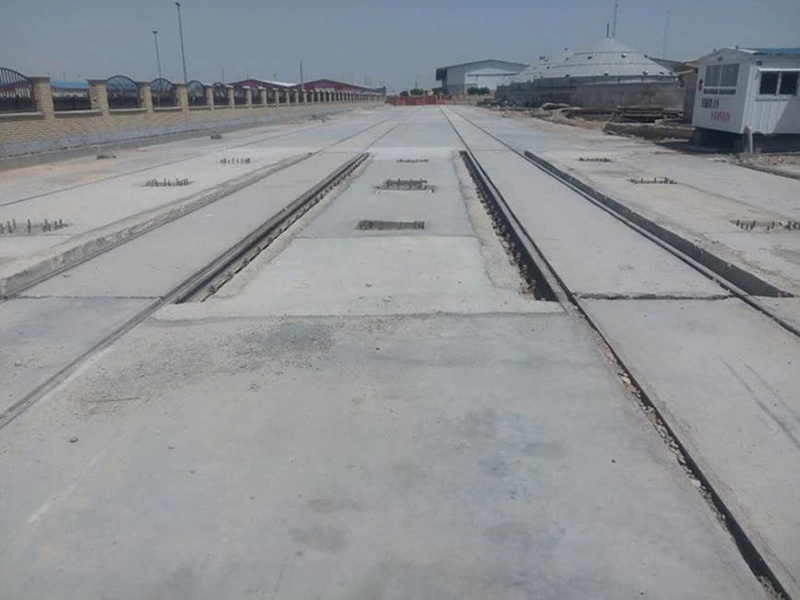Information
Description
Static Railway Weighing System
Key Features of Static Railway Weighing Systems
- High Accuracy: These systems utilize highly precise load cells and advanced algorithms to measure weight with the utmost accuracy.
- Stability and Durability: The equipment and structures used in these systems are of the highest quality and are designed for use in harsh industrial environments.
- High Reliability: They possess very high reliability and rarely experience failures.
- Ease of Use: These systems have a simple and user-friendly interface, making them easy to operate.
- Flexibility: They can be adjusted and adapted based on the dimensions of the passing railcars.
Applications of Static Railway Weighing Systems
- Load Control: Ensuring that the weight of the train does not exceed the permissible limit.
- Quality Control: Ensuring that the weight of the cargo matches the shipping documents.
- Traffic Management: Controlling rail traffic and preventing congestion.
Main Components
- Weighing Platform: A robust platform consisting of factory-fabricated beams on which the train rests.
- Load Cells: Precise sensors that measure the weight of the train.
- Indicator: A display that shows the weight of the train.
Operating Principle
Individual railcars are placed separately on the static railway scale platform, and the net weight of each car is measured individually. This is done by measuring the loaded weight in one step and the empty weight of the car in another step. Finally, the net weight of the materials is recorded and stored in the system.Catalog





